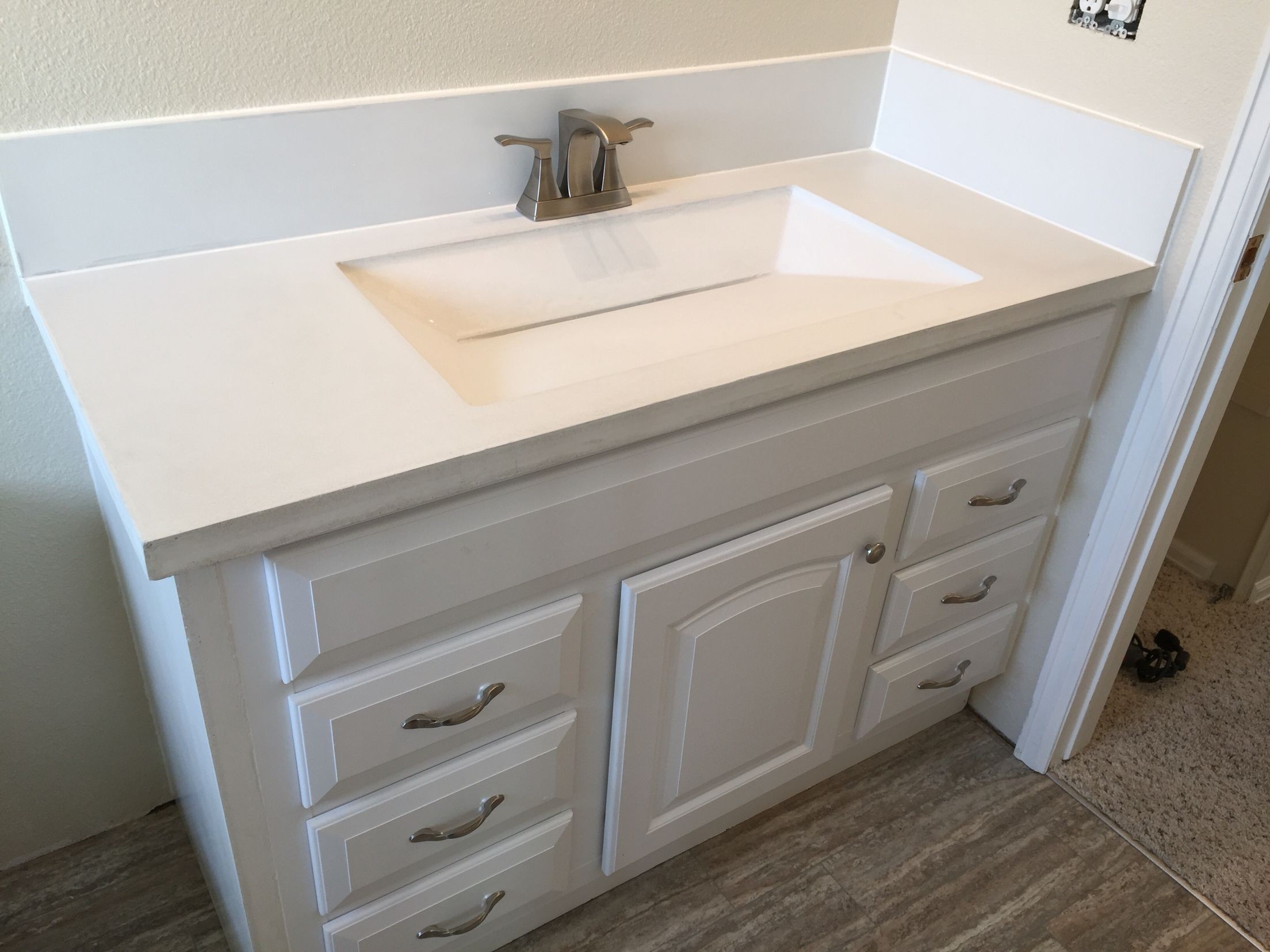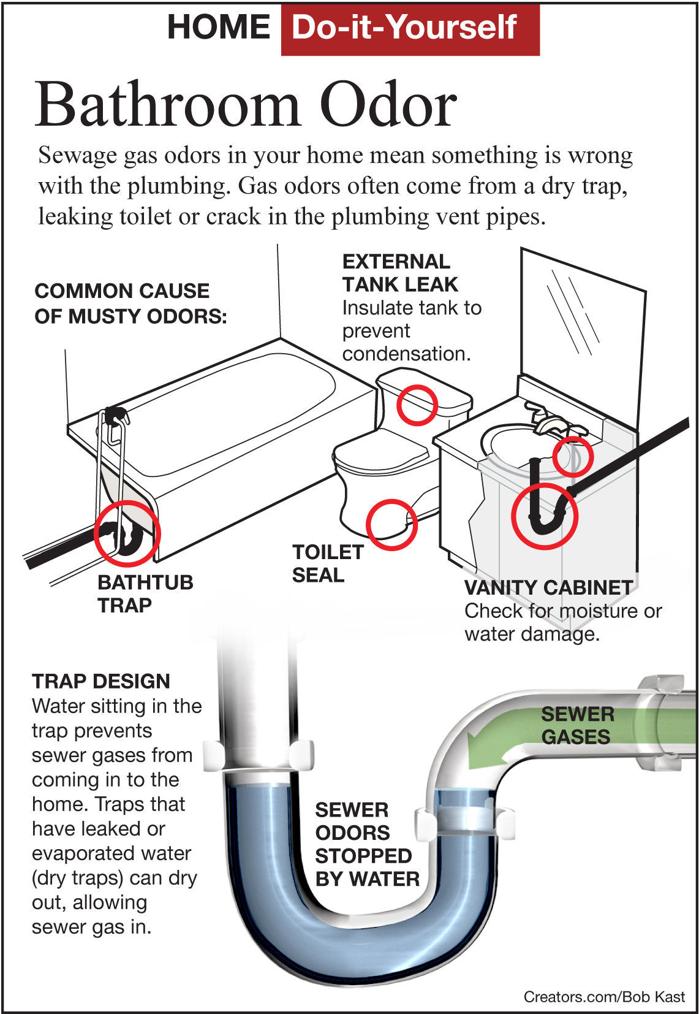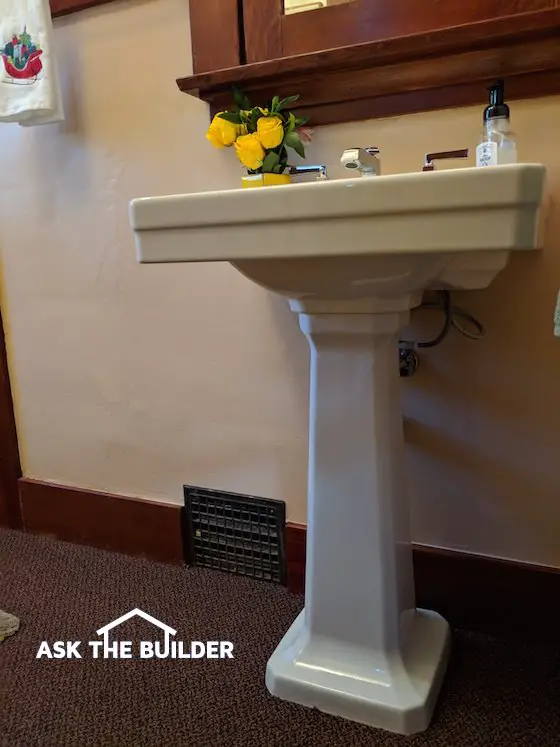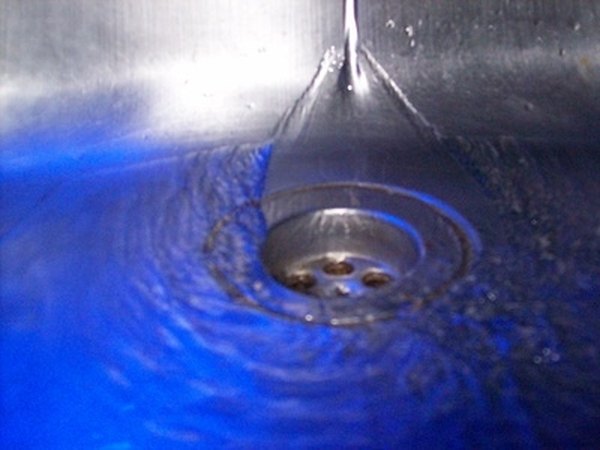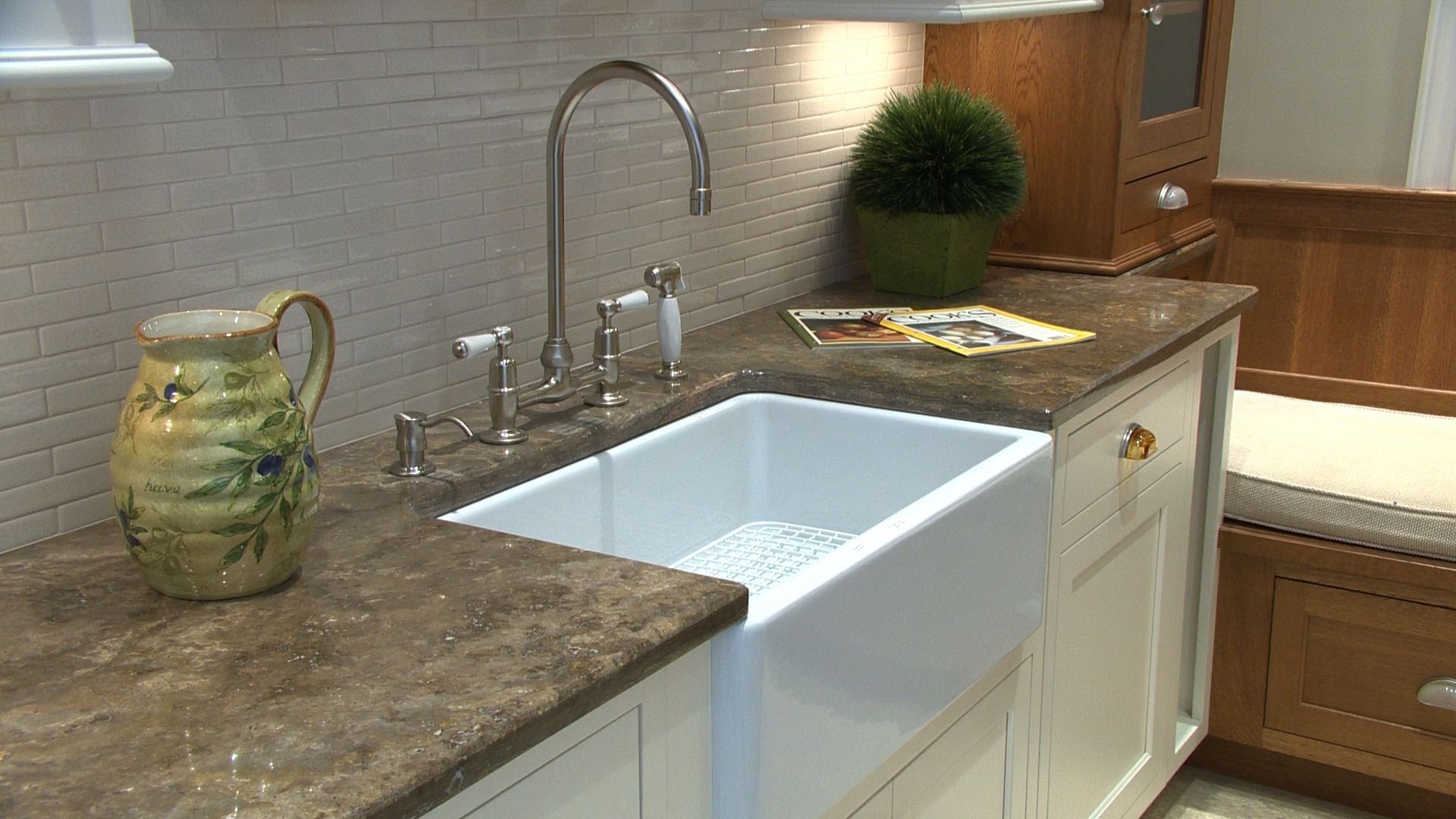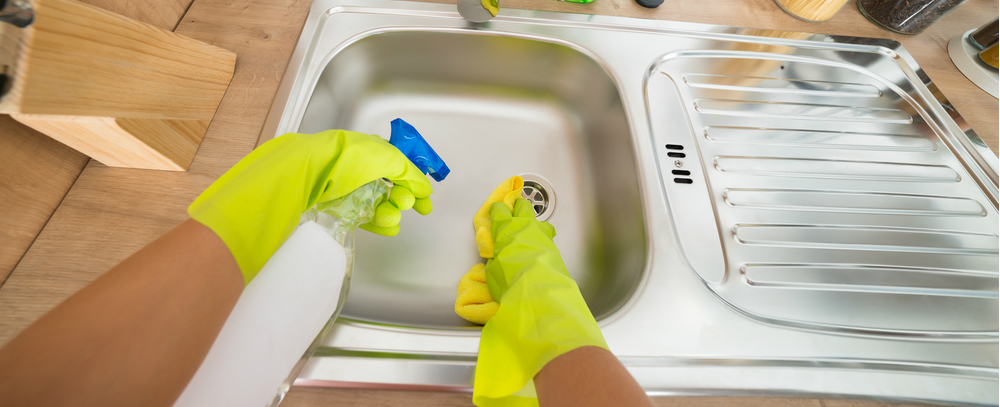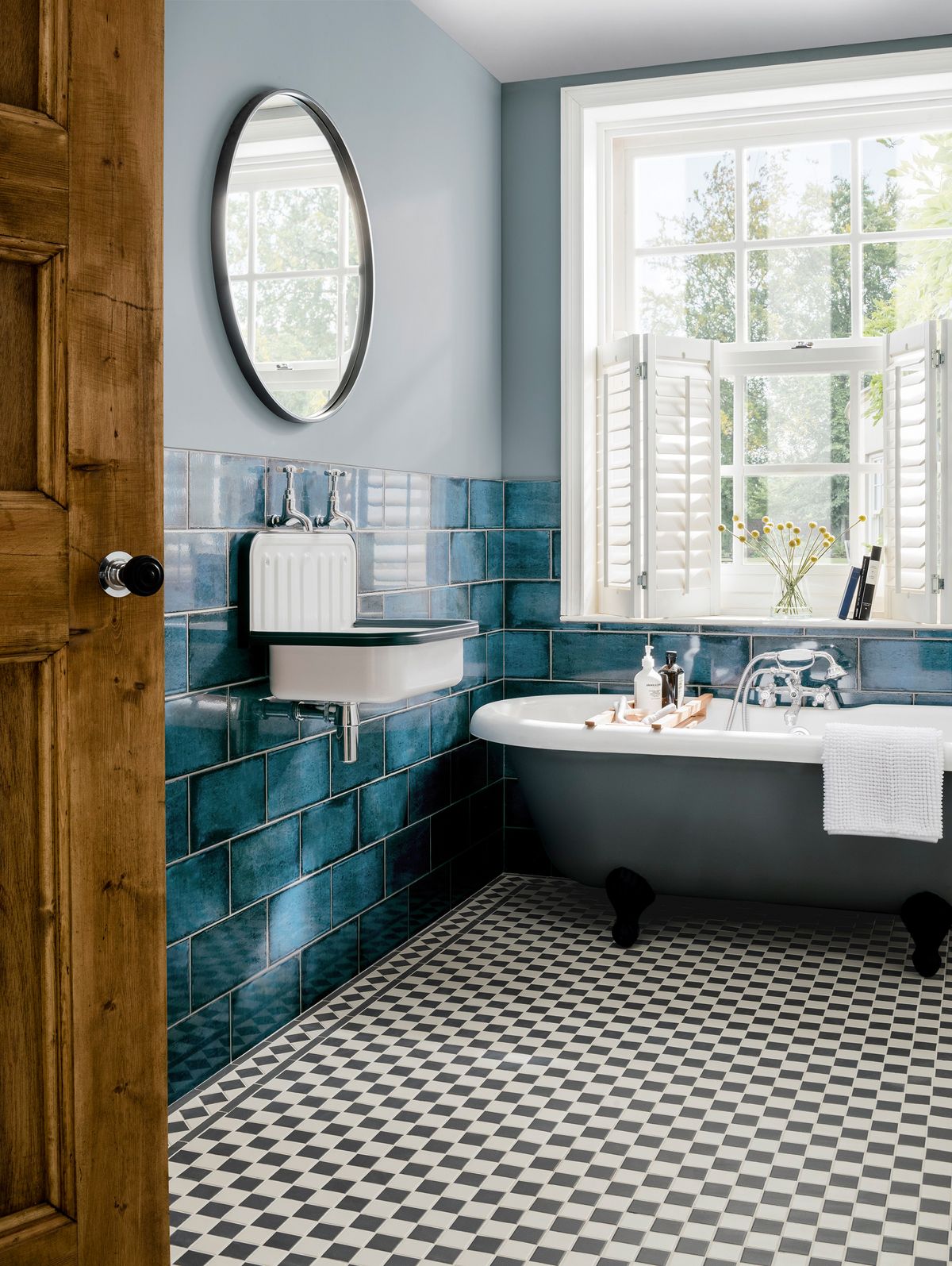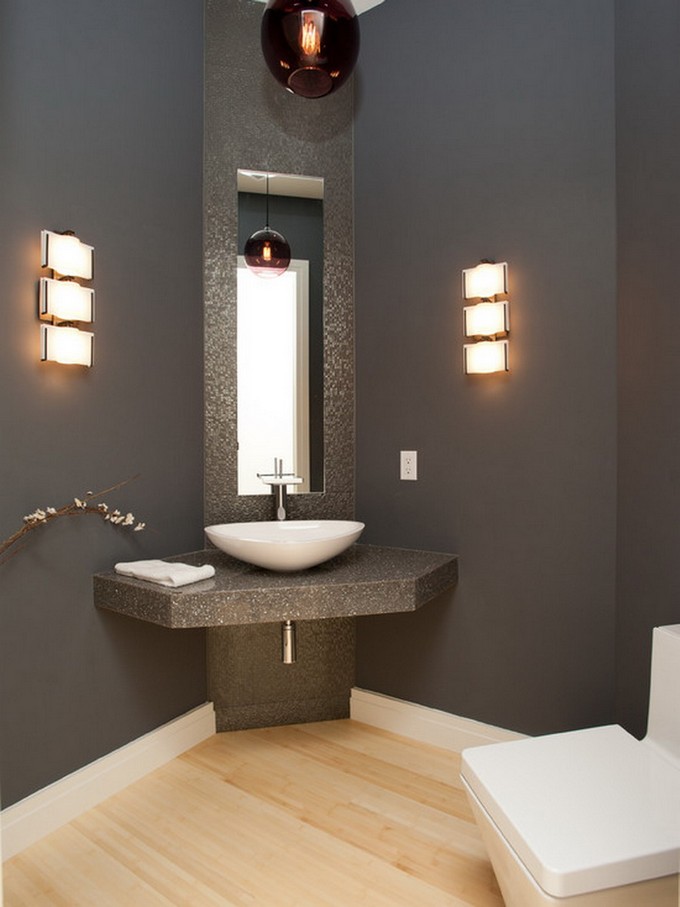Dealing with a sewer smell in your bathroom can be unpleasant and concerning. The thought of sewage backing up into your sink can make anyone cringe. But don't panic just yet - there are a few common causes for this issue and some simple solutions to get rid of that foul odor.Sewer Smell: What to Do When It's Coming from Your Bathroom Sink
The first thing you should do when you notice a sewer smell coming from your bathroom sink is to check for clogs. Hair, soap scum, and other debris can build up in the drain over time, causing a foul odor. Use a drain cleaner or a plunger to clear out any obstructions and see if that helps with the smell.1. Check for Clogs in the Sink Drain
The P-trap is a curved section of pipe under your sink that is designed to hold water and prevent sewer gases from entering your home. If the water in the P-trap evaporates, it can create an opening for the sewer smell to escape. Pour some water down the drain to refill the P-trap and see if that solves the issue.2. Inspect the P-Trap
If the P-trap is not the problem, then you may have a leak in your sink or drain pipes. Inspect the pipes underneath your sink for any signs of leaks, such as standing water or moisture. If you find a leak, it's best to call a plumber to fix it before it becomes a bigger issue.3. Check for Leaks
If your bathroom sink is not properly vented, it can cause sewer gases to get trapped in your pipes and seep into your home. Make sure your vent is clear of any obstructions and functioning properly. If you suspect a ventilation issue, it's best to call a professional to assess and fix the problem.4. Ventilation Issues
In some cases, the issue may not be with your sink or drain at all, but with your main sewer line. If you're experiencing multiple drains in your home having a sewer smell, then you may have a problem with your sewer line. It's best to call a plumber to inspect and fix any issues with your sewer line.5. Sewer Line Problems
Biofilm is a slimy buildup of bacteria that can accumulate in your sink and drain pipes. Over time, this can create a foul odor that resembles a sewer smell. You can try pouring a mixture of baking soda and vinegar down your drain to break down the biofilm, followed by a pot of boiling water to flush it out.6. Biofilm Buildup
If you have a bathroom that is not frequently used, such as a guest bathroom, the water in the P-trap can evaporate, causing a sewer smell to develop. Make sure to run water regularly in all drains in your home to keep the P-traps full and prevent any sewer gases from entering your home.7. Run Water Regularly
Prevention is always better than a cure, so consider using a drain cover in your sink to catch hair and other debris before it goes down the drain. This can help prevent clogs and keep your sink smelling fresh.8. Use a Drain Cover
Keeping your sink clean can also help prevent a sewer smell from developing. Make sure to wipe down your sink regularly and use a mild cleaner to remove any buildup or grime.9. Clean Your Sink Regularly
If all else fails, it's best to call a professional plumber to assess and fix the issue. They have the expertise and equipment to diagnose the problem and provide a long-term solution to get rid of that pesky sewer smell.10. Call a Professional
A sewer smell coming from your bathroom sink can be a nuisance, but it's typically not a serious issue. By following these tips and troubleshooting the common causes, you can eliminate that foul odor and keep your bathroom smelling fresh. Remember, if the problem persists, it's best to call a professional for help.Conclusion
Troubleshooting a Sewer Smell Coming from the Bathroom Sink

Identifying the Problem
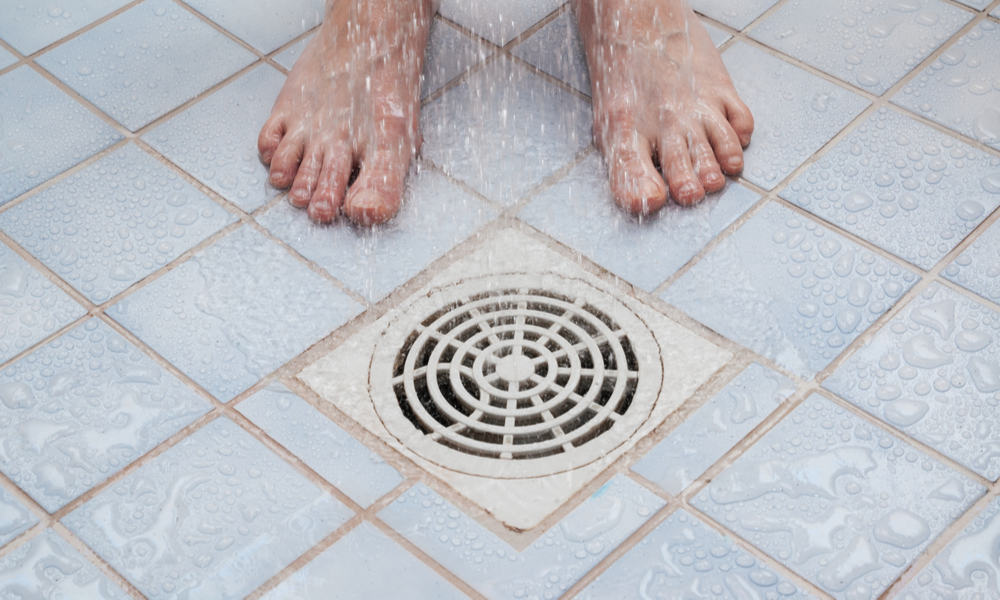 One of the most unpleasant and frustrating issues that homeowners may encounter is a sewer smell coming from the bathroom sink. Not only is it unpleasant to experience, but it can also be embarrassing if you have guests over. It's important to address this issue as soon as possible, as it could be a sign of a larger problem with your plumbing system. In this article, we will discuss the possible causes of a sewer smell coming from your bathroom sink and how to troubleshoot and fix the issue.
One of the most unpleasant and frustrating issues that homeowners may encounter is a sewer smell coming from the bathroom sink. Not only is it unpleasant to experience, but it can also be embarrassing if you have guests over. It's important to address this issue as soon as possible, as it could be a sign of a larger problem with your plumbing system. In this article, we will discuss the possible causes of a sewer smell coming from your bathroom sink and how to troubleshoot and fix the issue.
Possible Causes
 There are several potential causes of a sewer smell coming from your bathroom sink. The most common culprit is a dry trap. Every sink has a U-shaped pipe known as a trap, which is designed to hold water and prevent sewer gases from entering your home. If the water in the trap evaporates, it can create an opening for the sewer smell to come through. This is more likely to happen in sinks that are not frequently used, such as in a guest bathroom.
Another possible cause is a clogged drain. If debris, hair, or other materials have built up in your sink drain, it can create a blockage that causes the water to drain slowly or not at all. This stagnant water can produce a foul odor, especially if it's been sitting for a while.
Lastly, a cracked or damaged sewer line can also be the source of the smell. If there is a leak or break in the sewer line, it can allow sewer gases to seep into your home and cause a strong odor.
There are several potential causes of a sewer smell coming from your bathroom sink. The most common culprit is a dry trap. Every sink has a U-shaped pipe known as a trap, which is designed to hold water and prevent sewer gases from entering your home. If the water in the trap evaporates, it can create an opening for the sewer smell to come through. This is more likely to happen in sinks that are not frequently used, such as in a guest bathroom.
Another possible cause is a clogged drain. If debris, hair, or other materials have built up in your sink drain, it can create a blockage that causes the water to drain slowly or not at all. This stagnant water can produce a foul odor, especially if it's been sitting for a while.
Lastly, a cracked or damaged sewer line can also be the source of the smell. If there is a leak or break in the sewer line, it can allow sewer gases to seep into your home and cause a strong odor.



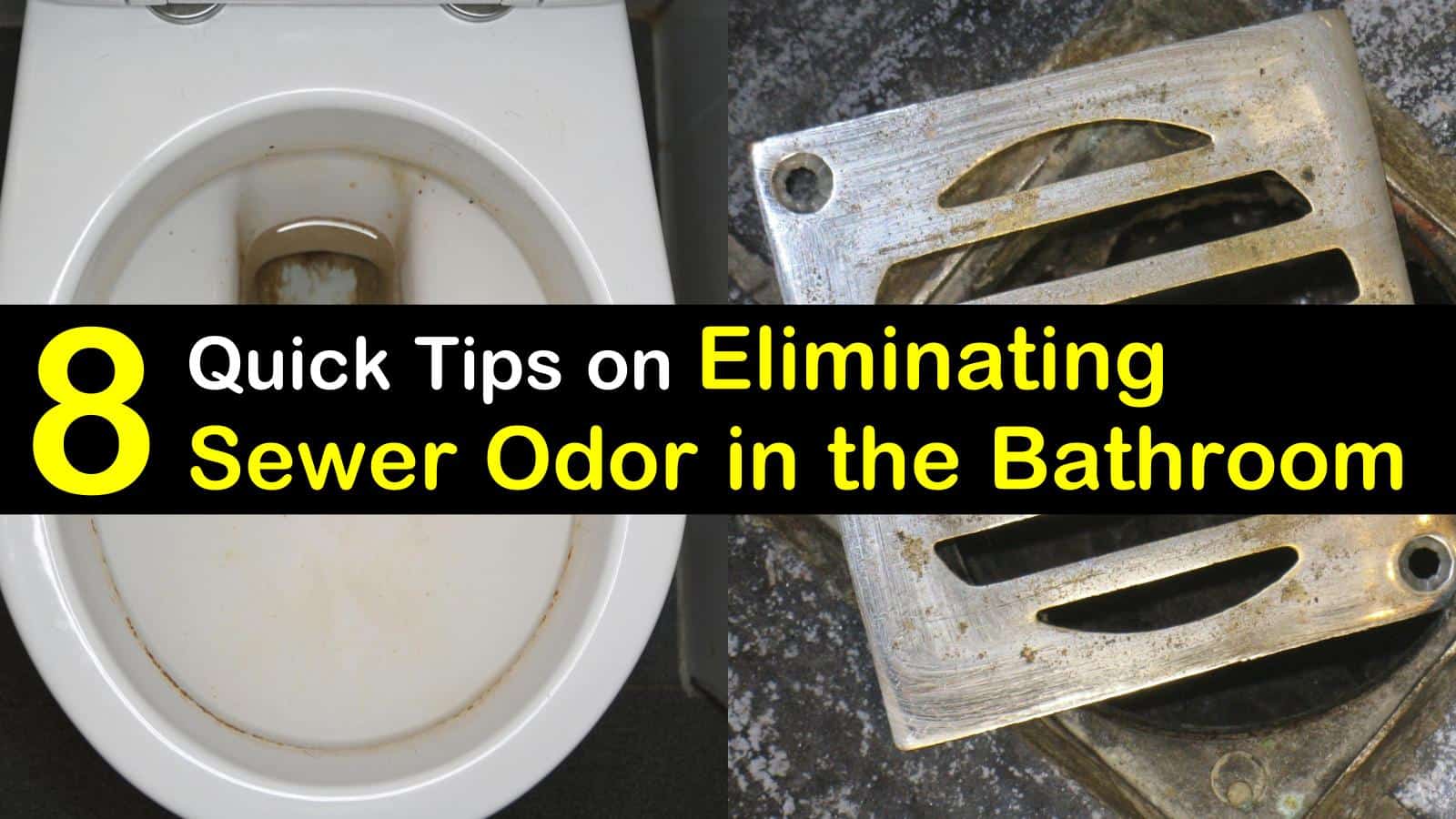
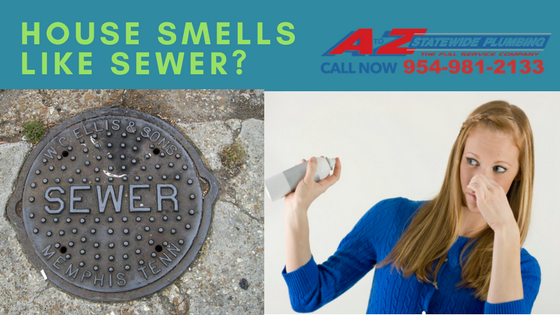
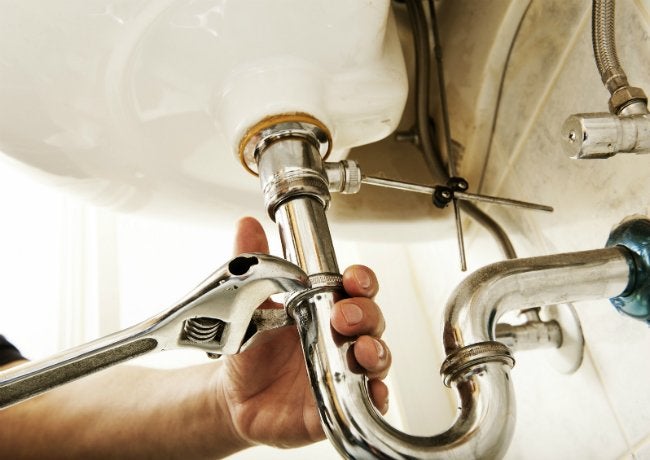












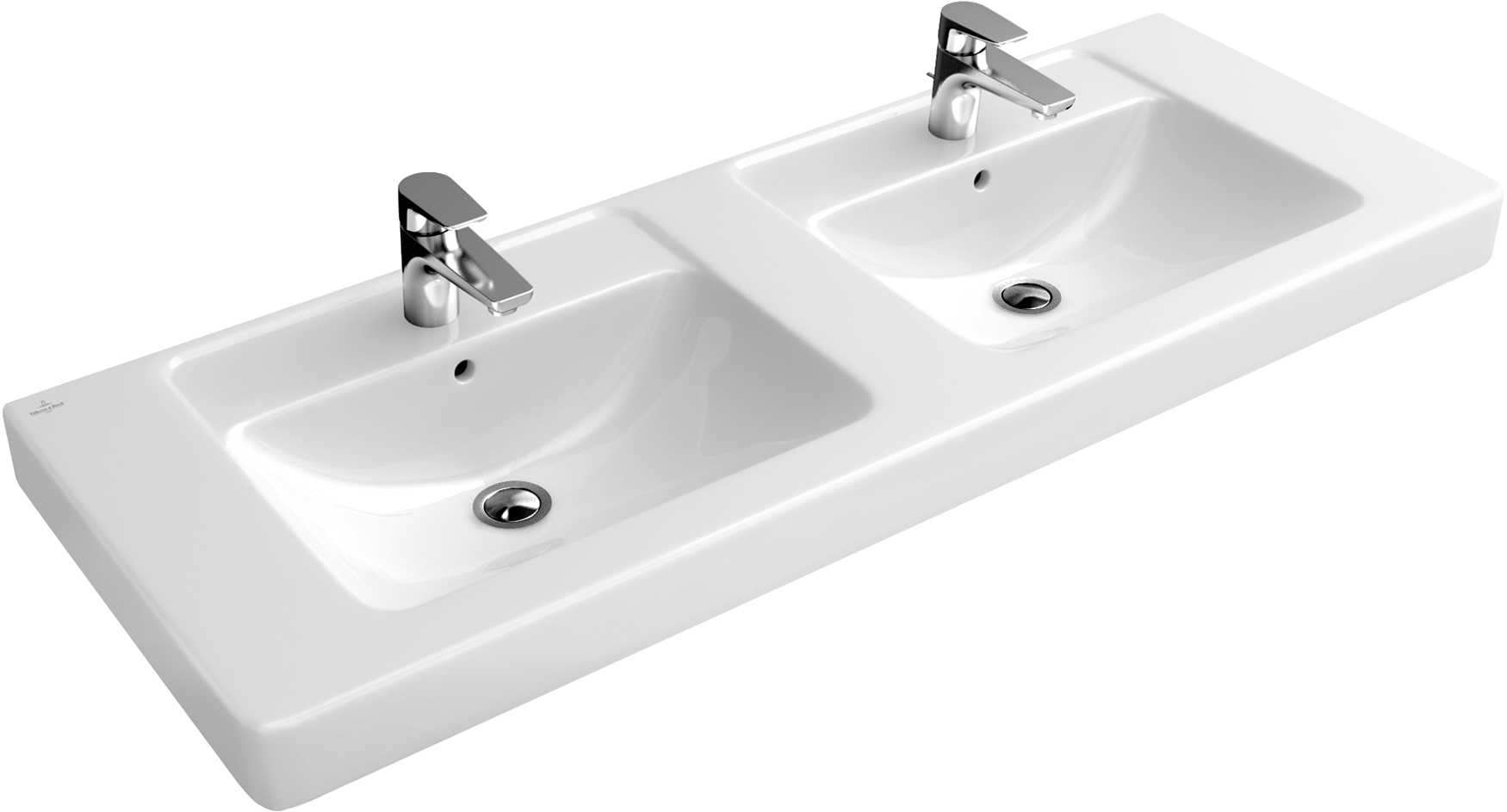


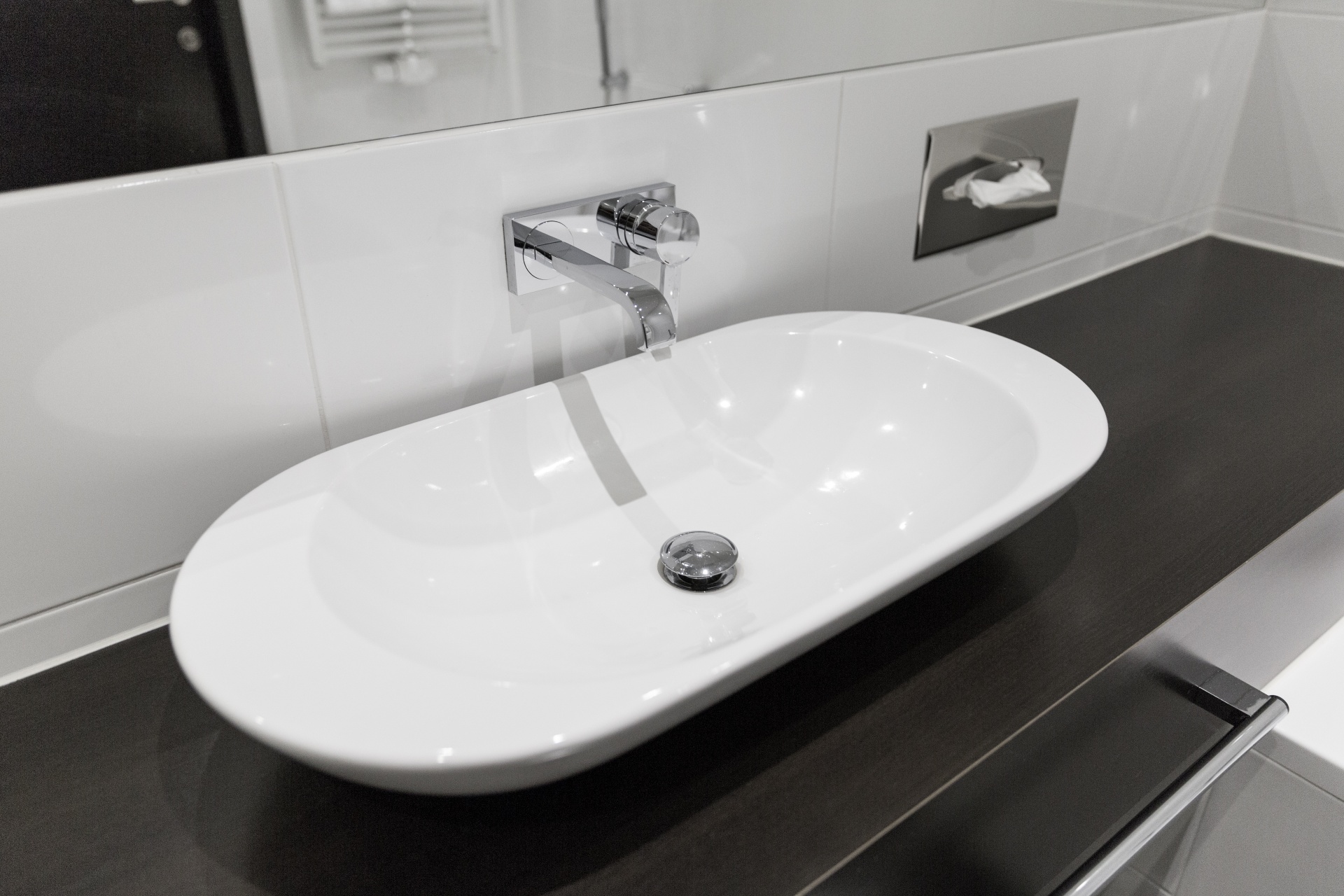
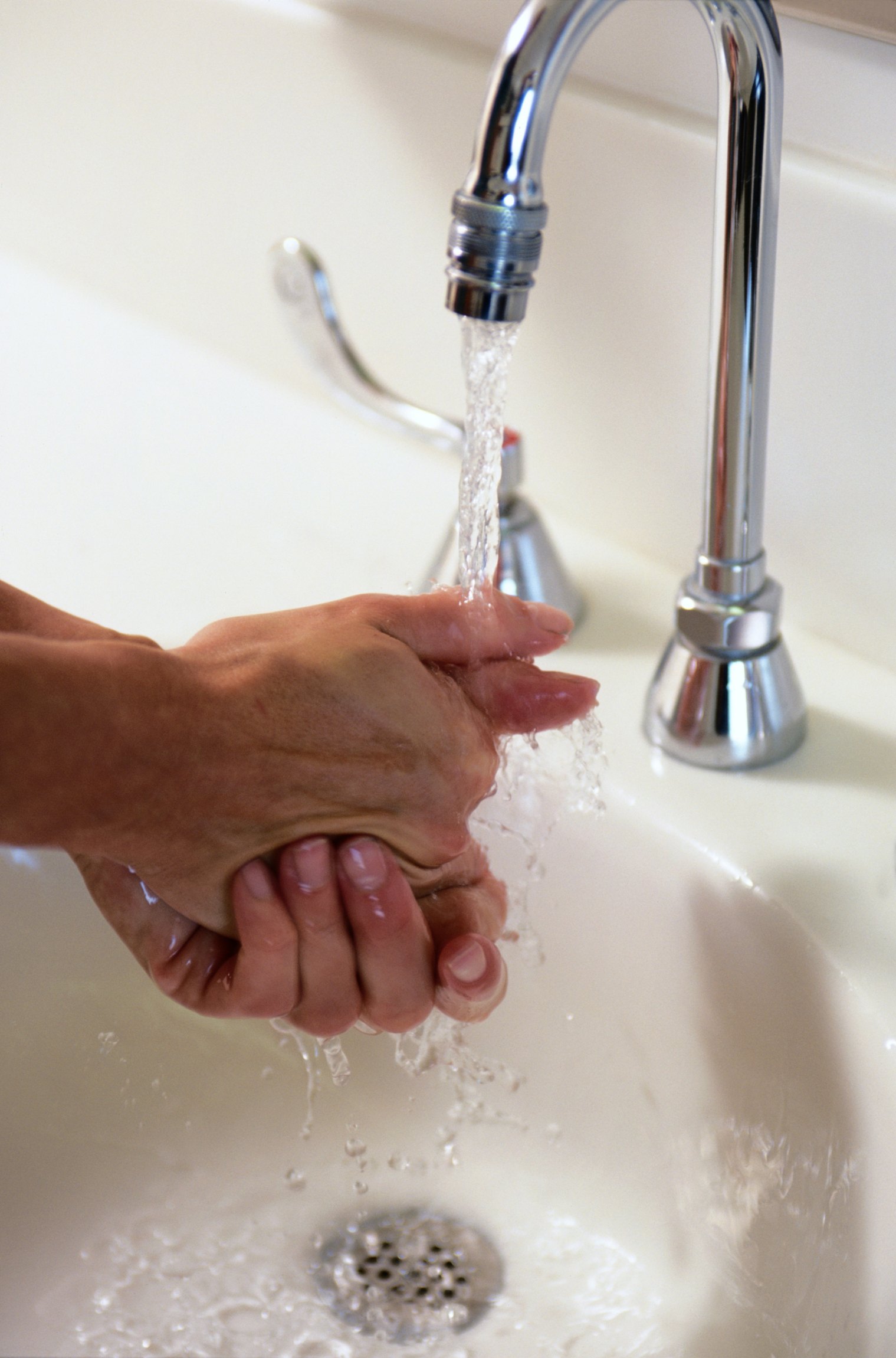

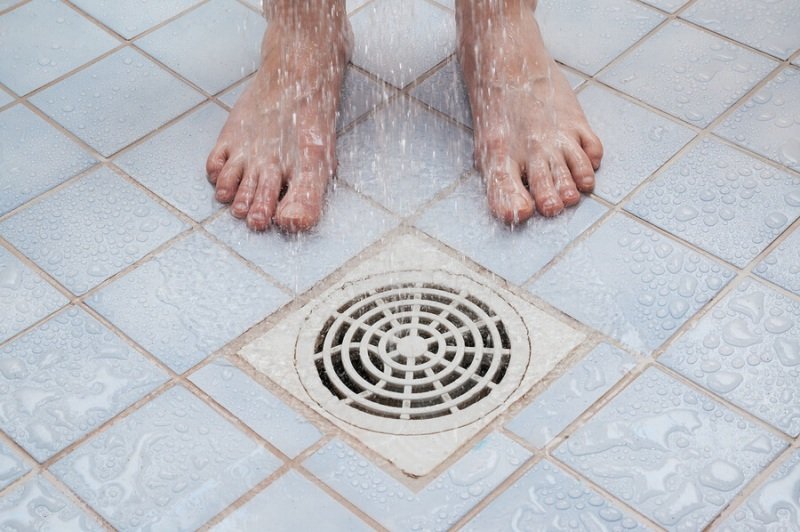

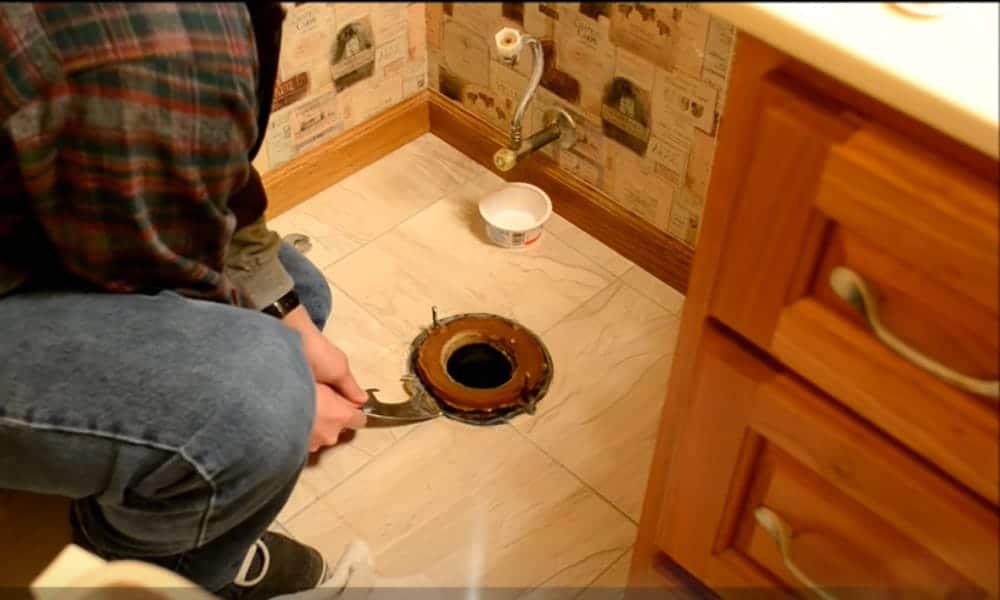

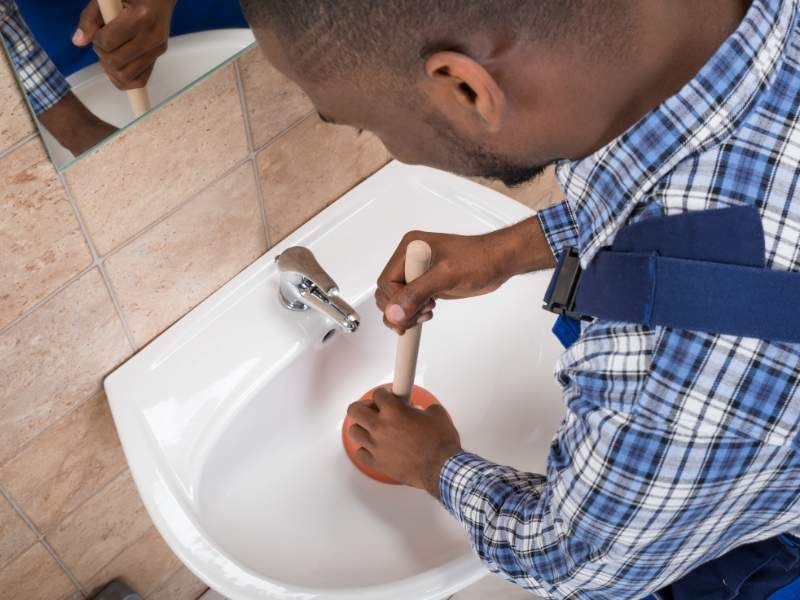
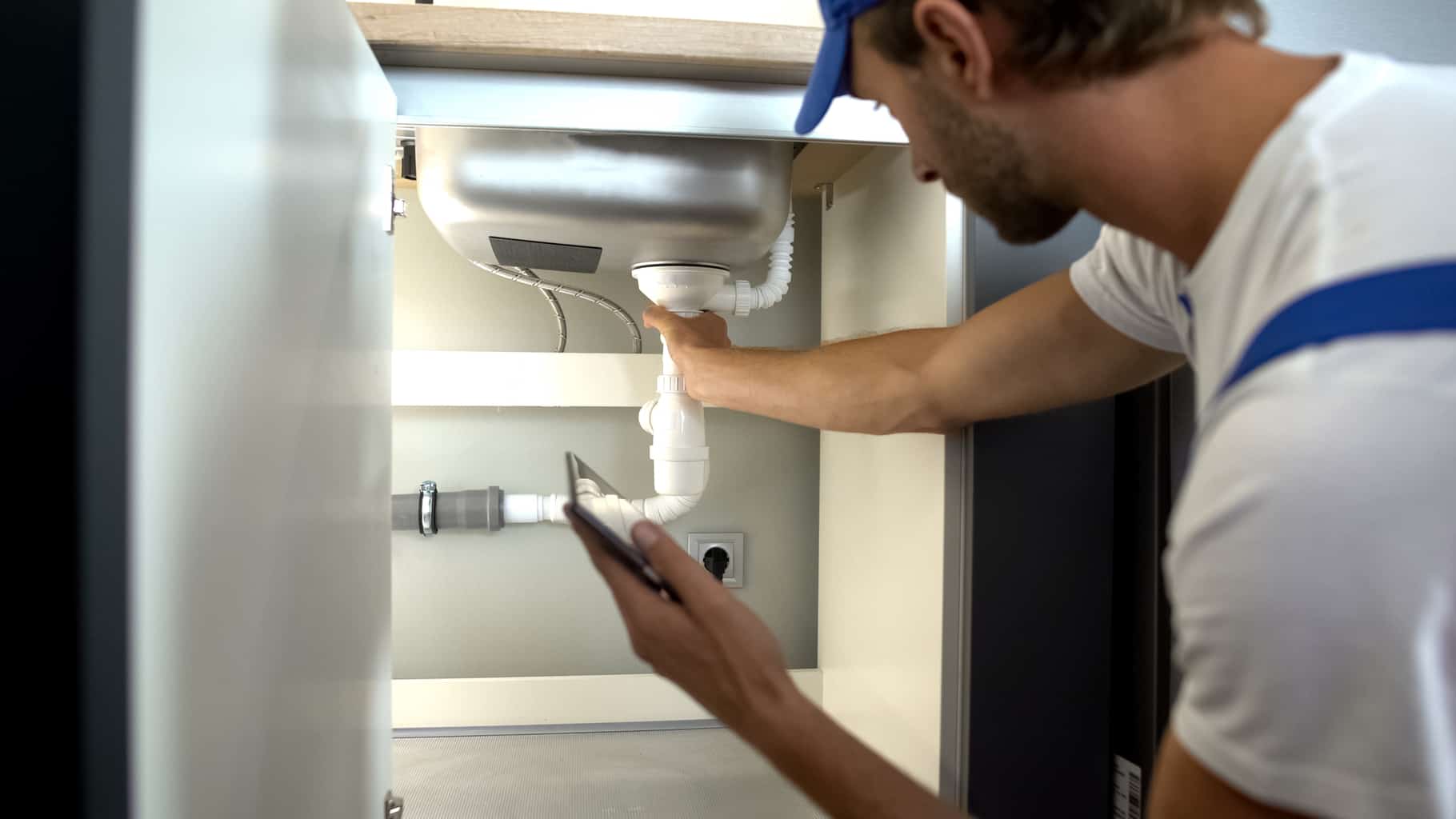










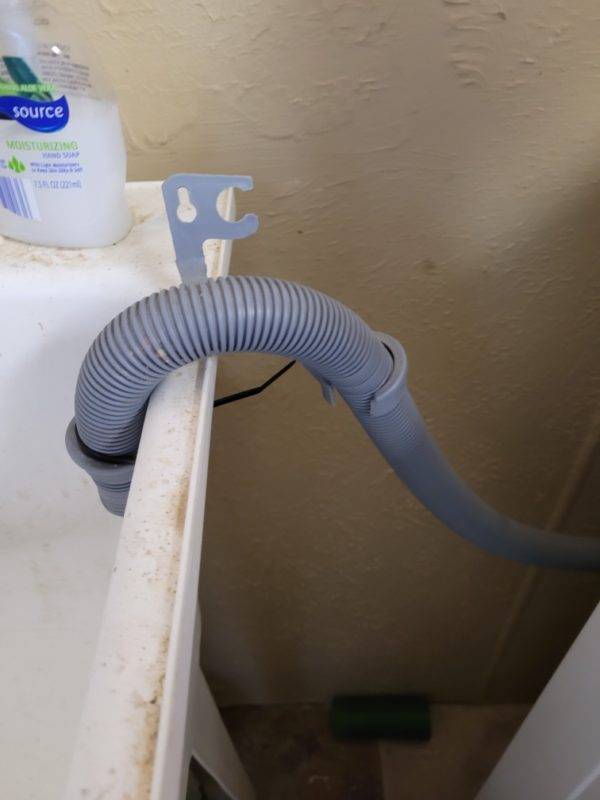


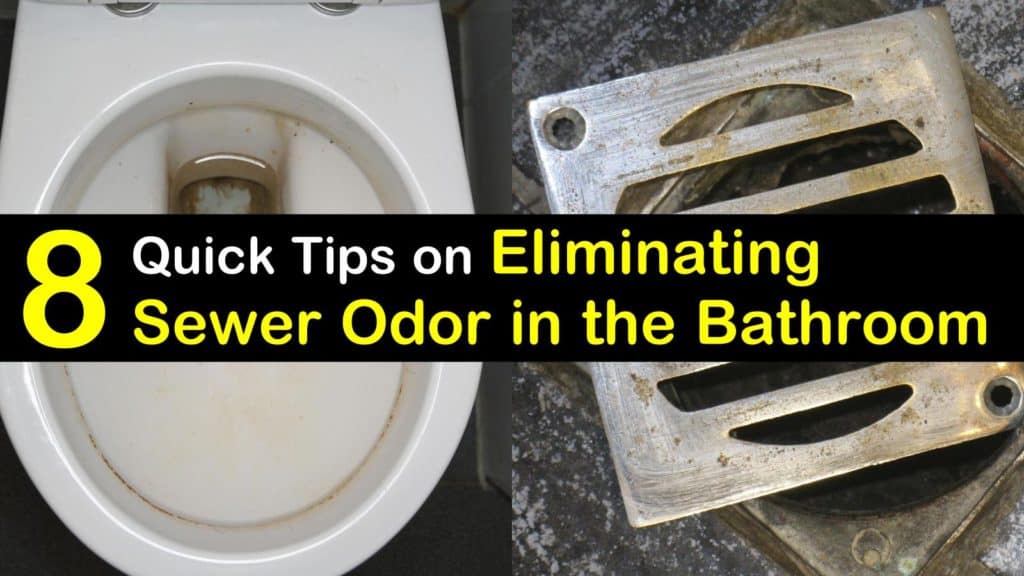

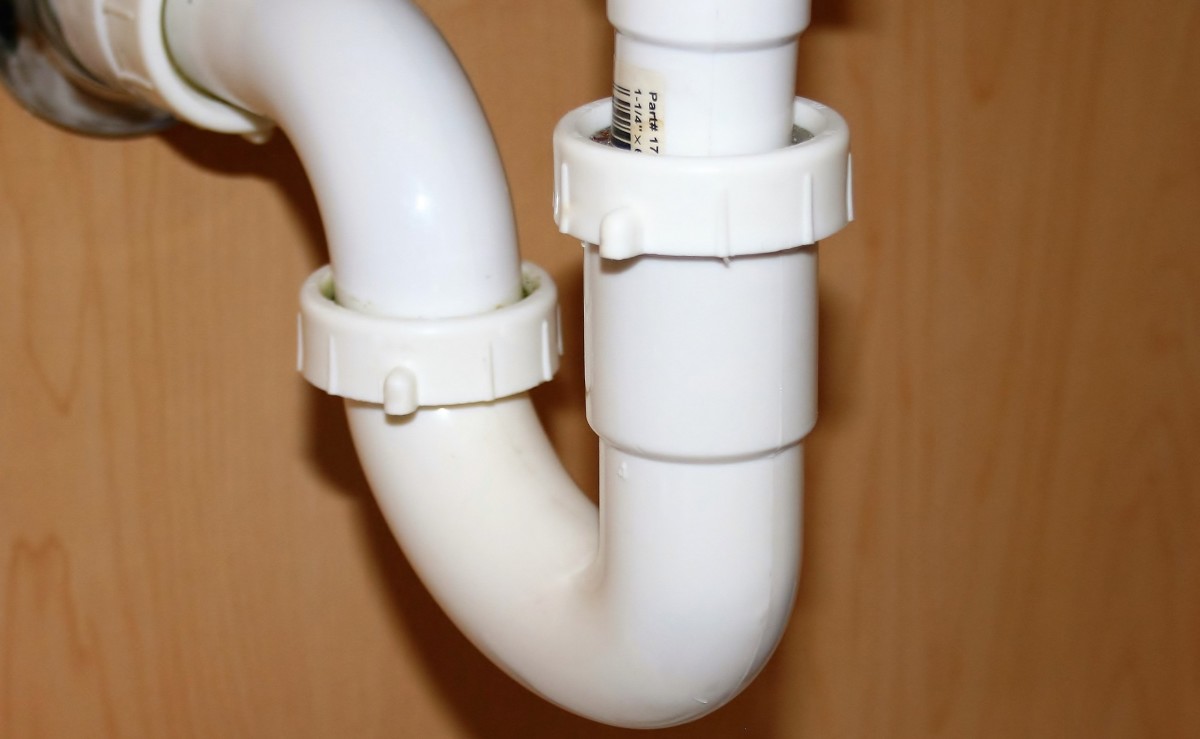





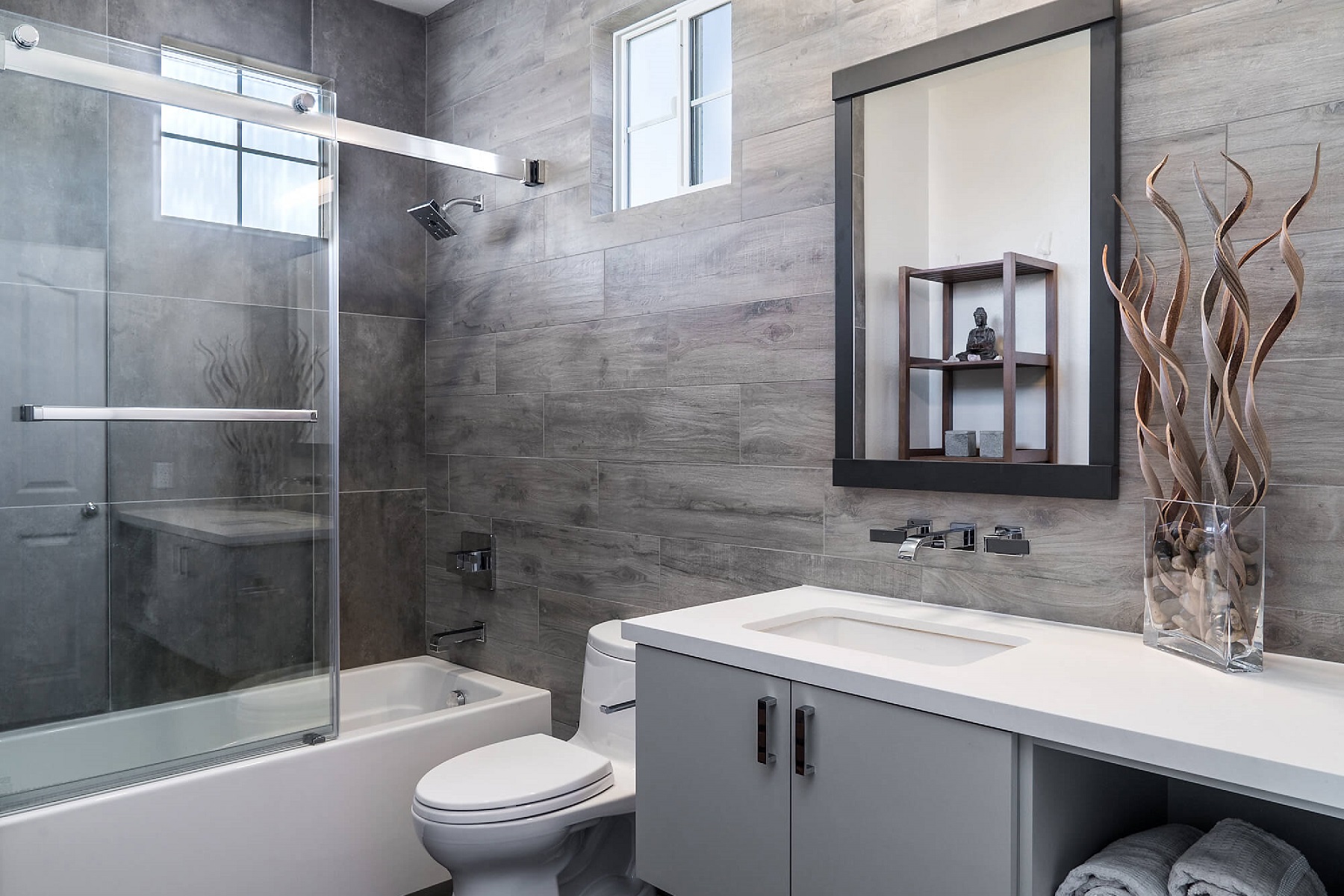

/master-bathroom-design-ideas-4129362-hero-d896a889451341dfaa59c5b2beacf02d.jpg)
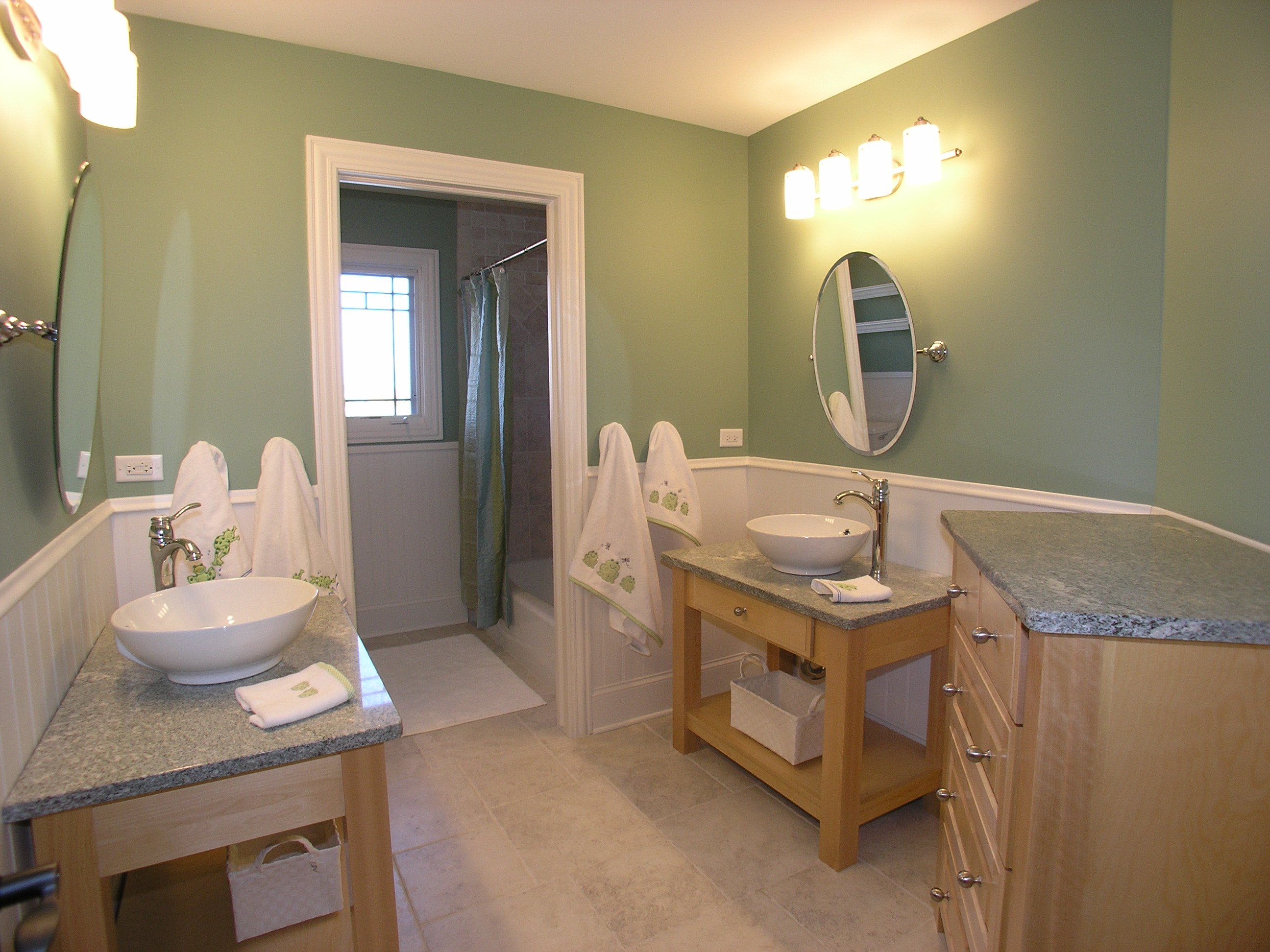

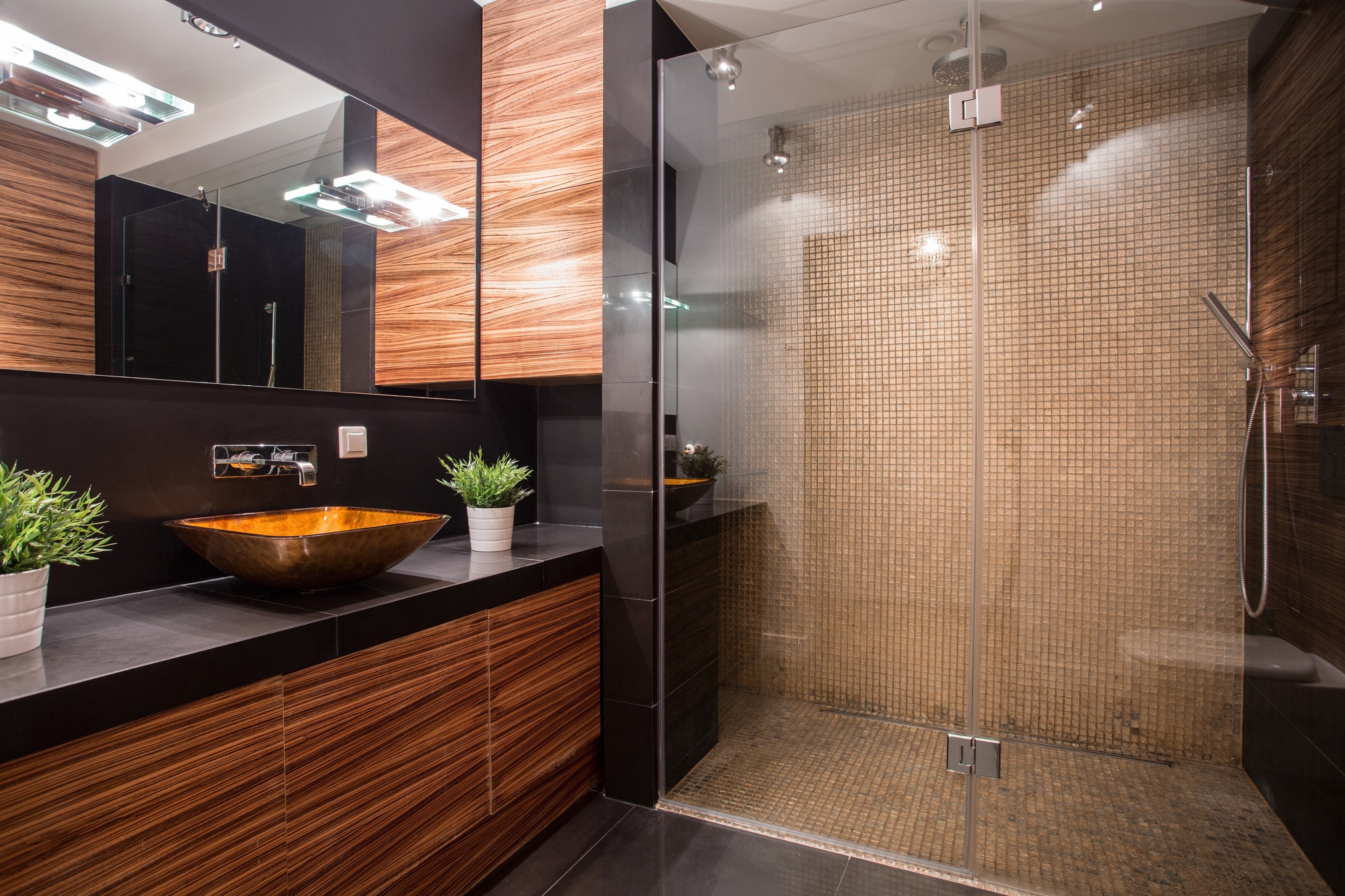

/beautiful-modern-bathroom-1036309750-19b81debcd5e49288b5e146214725274.jpg)
.jpg)
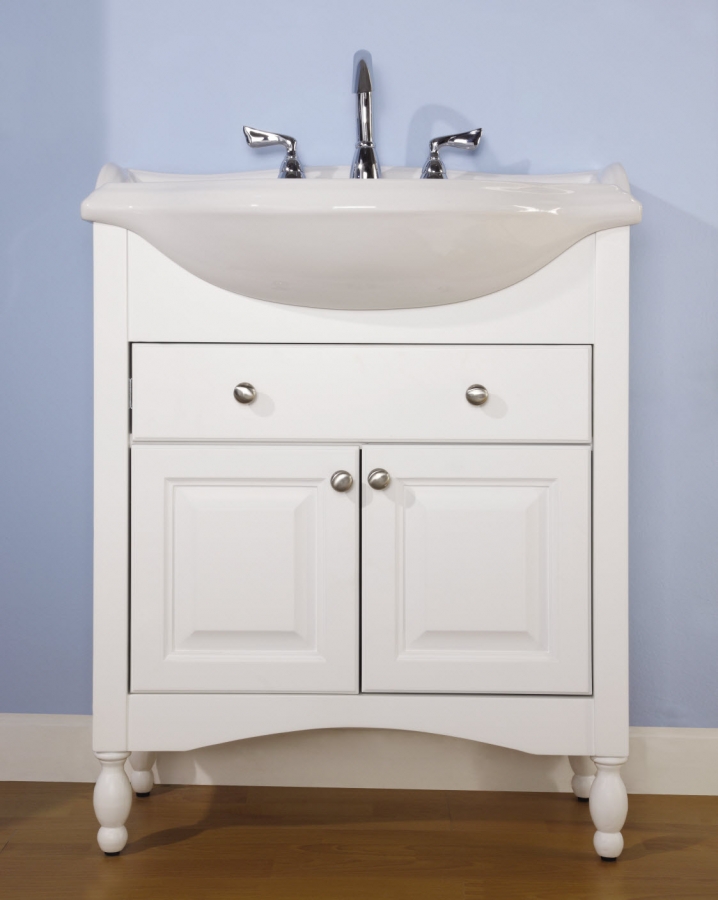
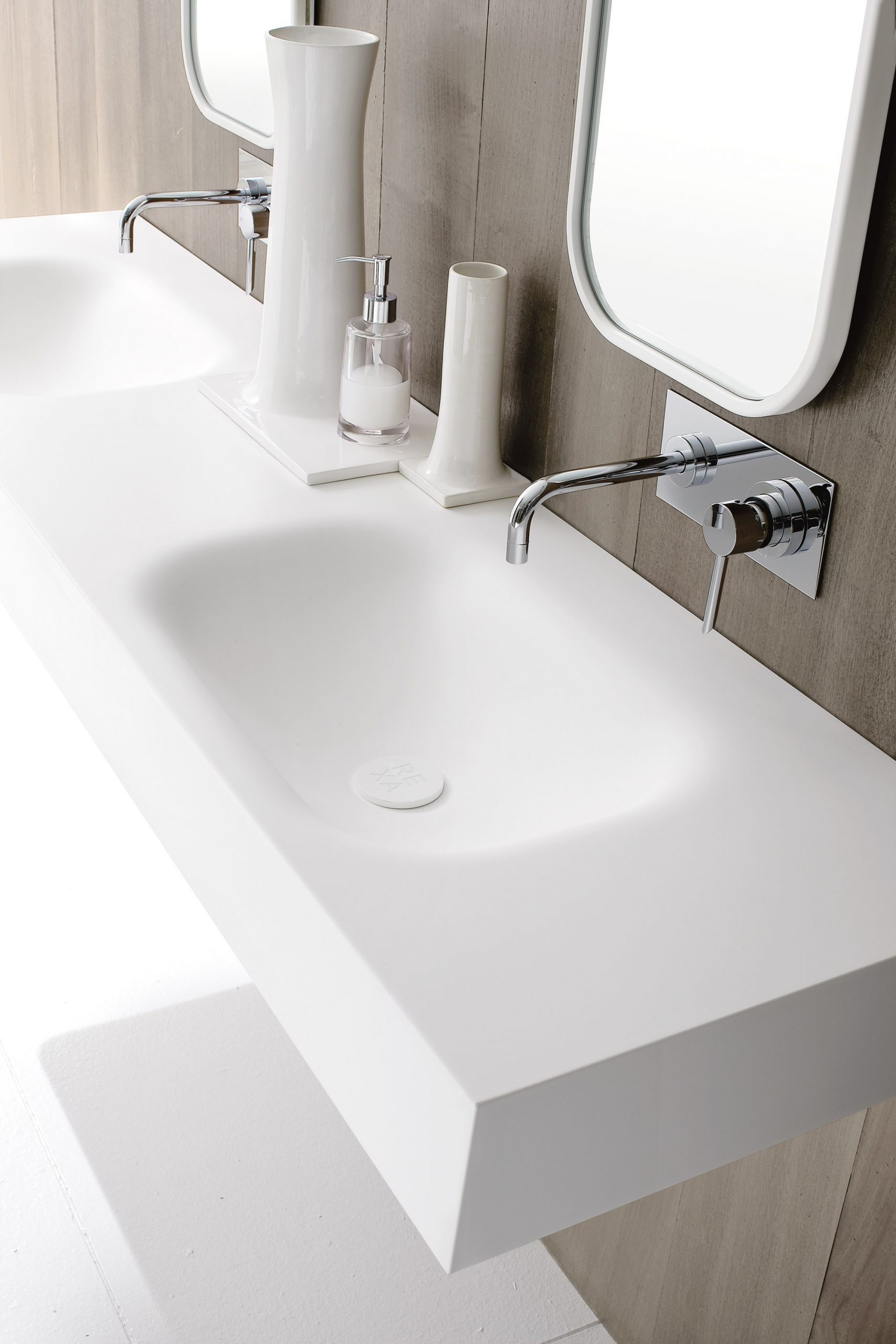

/bathroom-sink-184112687-5887c27c5f9b58bdb367dd56.jpg)
